Besides being green and luxurious, a healthy lawn also minimizes the need for fertilizers and weed control. Here are some turf tips from the pros.

Turf Pros Explain How To Make Your Yard the Envy of the Block

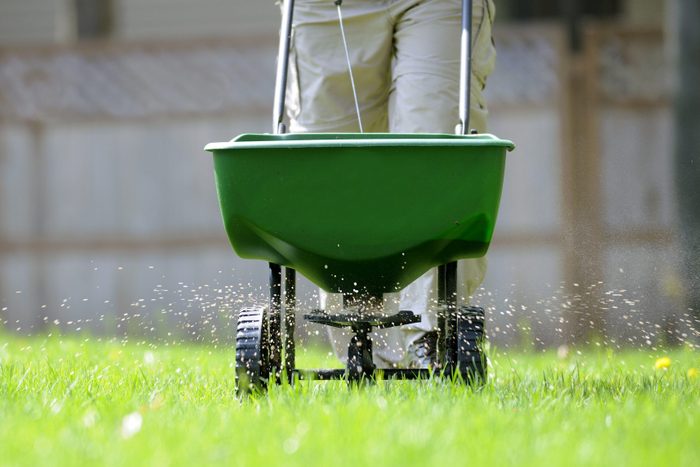
Fertilize Smartly
Fertilize in spring so your lawn has the nutrients it needs for the growing season. But don’t overdo it, cautions Chrissie Handley, a lawn care specialist at Online Turf, or you can affect the pH balance of your soil, causing bare patches and uneven, discolored growth.
Also, fertilize in the morning or evening, whenever the temperature is mild and the grass moist. “This will minimize the sun being directly overhead and burning the fertilizer onto your lawn, which can create yellow, dry patches,” says Handley.
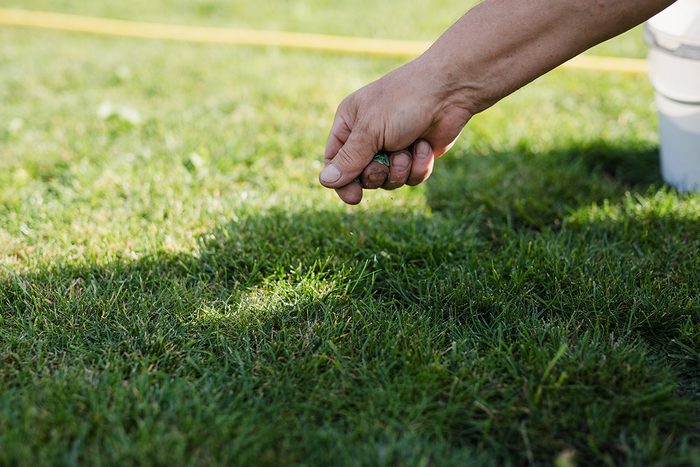
Aerate and Overseed
Aerating and overseeding the lawn in the spring, and sometimes again in the fall, helps thicken the turf, which will also help naturally crowd out weeds. Aeration machines pull up tiny cores of soil, allowing water and oxygen to better reach the roots and deepen their growth.
“Aeration also reduces soil compaction,” says Ryan Walts, training manager and business coach at Lawn Squad. “A common mistake is skipping aeration in compacted soils, which can lead to poor water retention and weak grass growth.”
Overseeding afterward is good for getting new seeds in those holes. It’s also the best fix to create re-growth if you accidentally scalp your lawn by cutting it too short, says Handley.
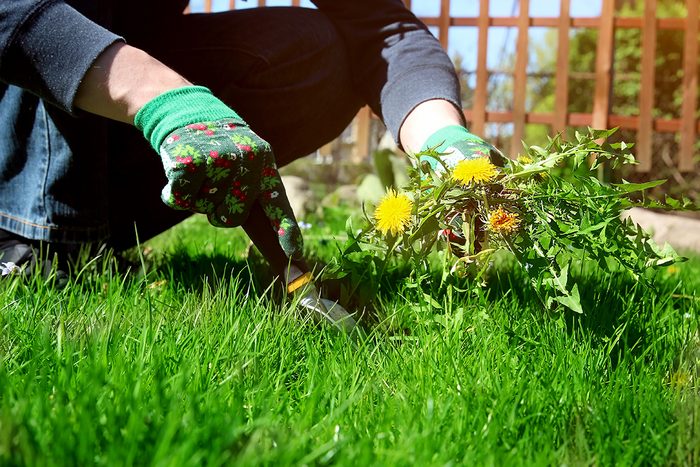
Be Proactive With Weed Control
Another turf tip is using pre-emergent herbicides to prevent weeds from sprouting, then using targeted treatments to help manage any that appear. On the downside, there are worries that some of these herbicides harm pollinators and other invertebrates. So, use them with discretion, try natural alternatives such as products with corn gluten meal, and keep in mind that the best, lasting defense against weeds is to create a thick, healthy lawn in the first place.
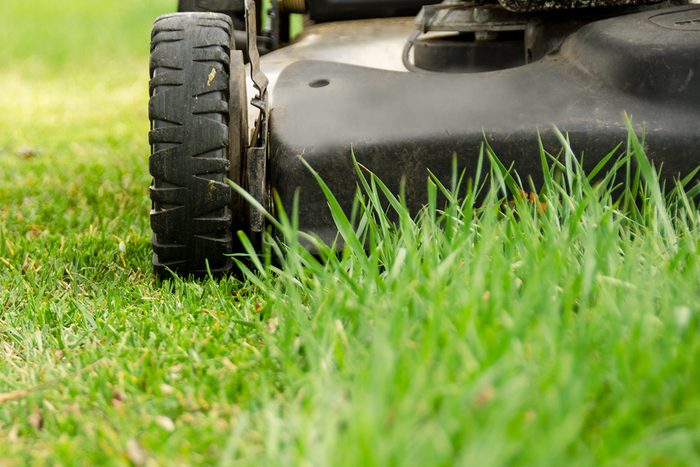
Mow at the Right Height
As springtime sets in, don’t feel rushed into mowing your lawn, says Handley. Instead, wait until you can see your grass actively growing. If you mow too early, you can risk scalping your grass, causing bare, uneven patches, making it susceptible to disease and easier for weeds to take hold.
Also, for the first mow of the season, use your highest blade height setting, and afterward, never take more than 1/3 of the length of your lawn off at any one time, she says. It depends on the species of grass and your climate, but in general, grass that’s at least three inches tall provides enough shade to inhibit weeds from sprouting and keeps the grass stronger.
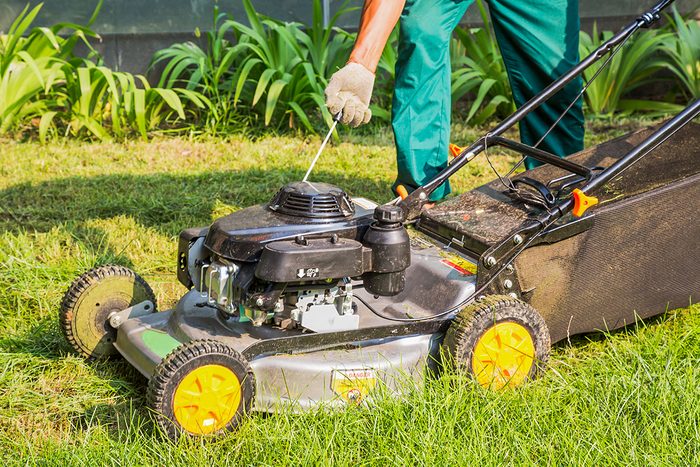
Maintain Your Mower
Keep mower blades sharp for that perfect, clean cut. That not only looks nicer, but it keeps grass blades from getting ripped up, which makes them susceptible to patchiness and disease. But Handley offers this warning: “While sharpening your mower blades is important for a clean cut, but over sharpening them can cause them to become brittle, meaning they’re more likely to break when encountering lawn debris like sticks, rocks etc.”
And if you’re curious about electric lawn care, here’s turf tips for that.
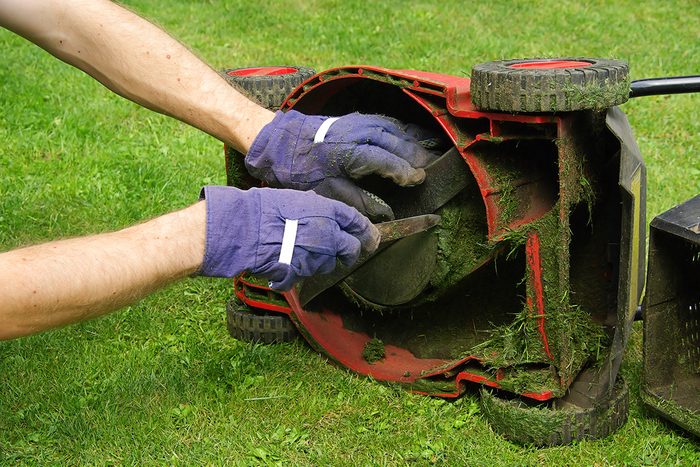
Don’t Mow Wet Grass
Mowing wet grass tears the grass leaves, which creates many problems including making them more vulnerable to fungal disease, reducing their durability in adverse weather conditions, risking damage to your mower and giving the lawn a clumpy, uneven look.
“Your grass needs to be standing up straight, rather than bending over limply or in clumps, as the mower blades slice through it,” says Steve Corcoran, CEO at Lawn Love. “Think of it as the difference between cutting a string that’s pulled taut vs. a loose one.”

Water Deeply in Spring
“Overwatering and under-watering are among the most common lawn care errors,” says Handley. “Overwatering deprives the grass roots of oxygen by limiting the airflow, causing root rot, while under-watering can dry out and kill the plant.”
The ideal amount of water depends on your grass species and climate, but in general, water deeply and infrequently in spring. This encourages roots to grow deeply into the soil and gives your lawn a more stable base for the coming summer.
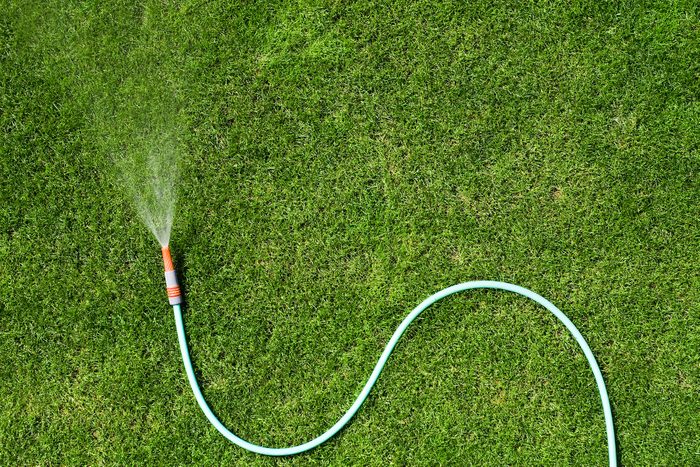
Water In the Morning
When temperatures are high, it’s best to water in the morning or evening to make sure the sun isn’t evaporating moisture from the ground. “Also check your soil moisture levels regularly,” says Handley. “If it’s hard and compacted, the lawn likely needs water, but if it’s moist enough to form a loose ball when squeezed, it won’t need any extra watering.”
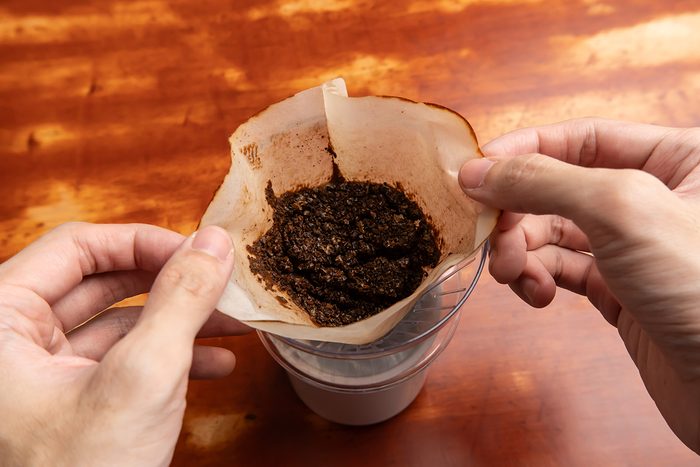
Green Up Your Fertilizer
Resist the temptation to over-fertilize. It can actually harm your grass, plus excess fertilizer pollutes drinking water and wetlands, causing algae blooms and other problems. Instead consider organic lawn care, like eco-friendly soil treatments such as compost or organic soil amendments. “Healthy soil is the foundation for a thriving lawn, providing essential nutrients and helping grass grow stronger and more resilient,” says Walts.
You can also DIY a nutrient boost using compost or leftover coffee grounds, says Handley. It’ll save you money, plus “Coffee grounds are a great eco-friendly alternative to chemicals since they’re rich in nitrogen,” she says. Mix grounds into a top dressing or topsoil, then sprinkle the mixture over your lawn.
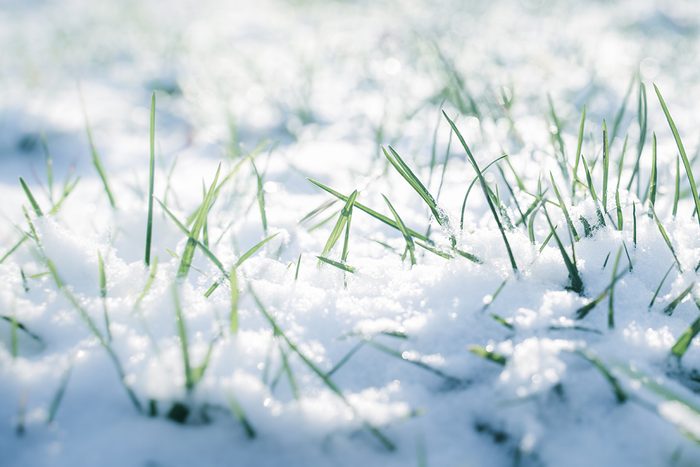
Practice Winter Maintenance
Maintaining the perfect lawn doesn’t just mean caring for it during the spring and summer. “You have to take care of it during the cold months, too,” says Corcoran. “Of course it’s not going to look lush and green during those months, but the way it’s treated during its dormancy can impact its health and appearance during the growing season.”
To treat your lawn kindly in winter, remove excess debris that’s fallen on it to ensure it gets enough oxygen and airflow to prevent diseases. Minimizing foot traffic is also essential.

Let Your Creativity Grow
The times are a-changin’ and these days lawn envy doesn’t necessarily mean a wall-to-wall green carpet of grass. Many homeowners, from luxury to humble, are embracing lawn alternatives or at shrinking the size of their traditional turf. Some alternatives include drought friendly yards, native grasses, wildflower meadows, native plant gardens and pollinator gardens.
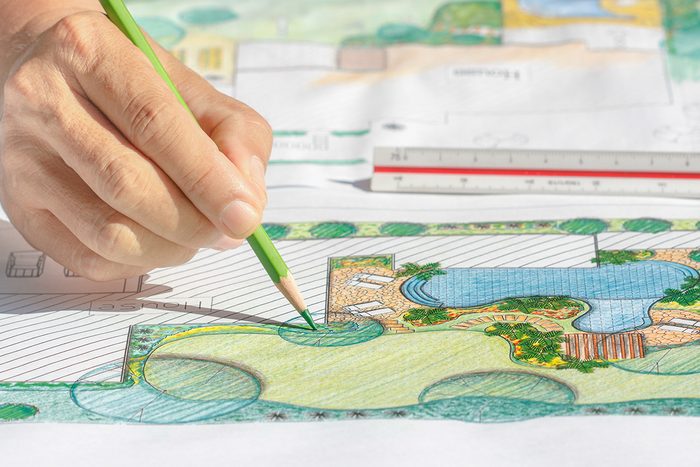
And, if you are planning your yard from scratch:
The most enviable yards start with proper planning for what works for you and your family, says Laura Barrera, a designer at Douglas Elliman. “Grab a pen and paper and draw out where you’d like to place key elements such as a lawn, pool, jacuzzi, pergola, BBQ or dining area,” she says. Also, “Know the difference between designers and installers.”
Be on-site for last-minute changes when the landscaping is being done, and ask your installer to roll and tamper the soil before laying grass to ensure the final result looks even. For extra lawn envy, make a front yard access to your property with green leaved lush plants, she says. “It will create a wow effect and make your neighbors and potential buyers impressed. It’s like a first impression on a date.”
About the Experts
- Chrissie Handley is a lawn care specialist at Online Turf, a turf, compost and soil e-commerce company with more than a decade of experience in turf-laying, grass maintenance and seasonal gardening.
- Steve Corcoran is CEO at Lawn Love and has been working in the lawn and landscape industry for more than a decade.
- Ryan Walts is training manager and business coach at Lawn Squad and has worked with the turf science, management and maintenance for more than 15 years.
- Jason McCausland is a technical coordinator at Weed Man, where he has worked for more than 25 years, starting as a lawn technician.
- Laura Barrera is a designer and luxury and wellness real estate associate at Douglas Elliman, and works with contractors and landscaping on a weekly basis to add value to properties



















